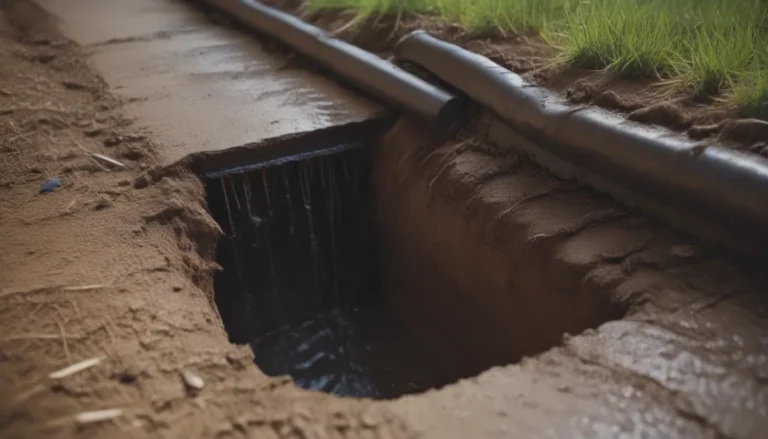Understanding the Importance of Plumb in Construction

Have you ever wondered what it really means when someone says a wall, column, or structure is “plumb” in construction? The term “plumb” holds significant value in the world of architecture and carpentry. Let’s delve into the depths of this concept and uncover why it is crucial for ensuring the structural integrity and load-bearing capacity of buildings.
What Does “Plumb” Mean?
In the realm of construction and carpentry, the term “plumb” denotes a line or feature that is perfectly vertical. It is the vertical counterpart to “level,” which signifies a perfectly horizontal line or surface. Just as it is imperative for floors, countertops, and pool tables to be level, vertical elements such as columns, walls, and uprights must be plumb to ensure stability and structural strength.
For professionals in the construction industry, the term “plumb” can take on various forms. It serves as an adjective when describing something as perfectly vertical, a verb when indicating the act of making something plumb, an adverb when giving instructions to check for plumb, and even a noun when referring to the small pointed weight at the bottom of a plumb bob.
The Significance of Plumb in Construction
Ensuring that framing members, walls, and other vertical elements are installed perfectly plumb is essential for transferring supporting loads directly downward, thereby maximizing load-bearing capacity. When these elements are not plumb, additional stress, known as shear load, can be exerted on the member due to the weight being off-center. Materials like wood studs, concrete pillars, and steel beams possess greater compression strength than shear strength, emphasizing the vital role of plumbness in maintaining structural integrity.
Consider the example of steel beams in skyscrapers: When installed perfectly plumb, these beams experience compression stress rather than shear stress, allowing them to bear immense loads and keep towering buildings upright. However, a slight deviation from plumbness can spell disaster, leading to structural instability and potential collapse.
How to Check for Plumb
Traditional tools such as the plumb bob and carpenter’s level have long been employed to determine if a structure is plumb. The plumb bob, consisting of a weighted object suspended from a string, is a simple yet effective device for establishing plumb lines. By allowing the weight to come to rest and observing the string, one can verify the vertical alignment of a post, wall, or beam.
On the other hand, carpenter’s levels, also known as spirit levels, feature liquid-filled vials that indicate when a vertical member is perfectly plumb. The bubble within the vial must be centered to confirm plumbness. With the availability of digital levels, checking for plumb has become even more convenient and accurate.
Additional Tools for Plumbing Posts
When assessing the plumbness of posts or columns, using a level on two adjacent sides is necessary to ensure accuracy. A post level, equipped with level and plumb vials on its frame, simplifies the process by allowing simultaneous checking of both sides of the post for plumbness. This tool proves especially useful for maintaining square fence posts or deck posts in the correct vertical position.
Remember, achieving plumbness in construction is not merely a matter of aesthetics; it is a fundamental aspect of structural stability and safety. By understanding the importance of plumb and utilizing the right tools and techniques, builders and carpenters can ensure that their creations stand tall and strong for years to come.





